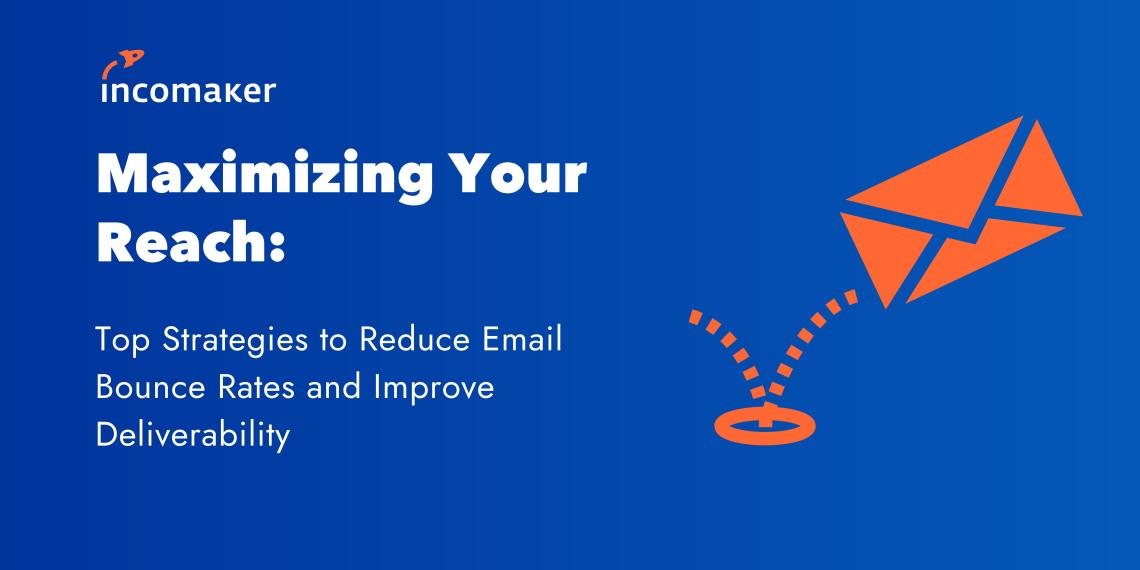
Email marketing is one of the most effective ways to reach your target audience and drive conversions. But what if your emails never reach their intended recipients? What if they bounce back to you, either because the email address is invalid, the inbox is full, or the server rejects them?
This is what email bounce rate measures: the percentage of emails that are returned to you as undeliverable. A high bounce rate can hurt your reputation as a sender, lower your deliverability rates, and waste your resources. That's why you need to take steps to reduce your email bounce rate and ensure that your messages reach their destination. In this blog post, we will explain what causes email bounces, how to measure your email bounce rate, and how to reduce it with some best practices. Let's get started.
What Causes Email Bounces?
Email bounces can be classified into two categories: hard bounces and soft bounces.
Hard bounces occur when the email address is invalid or does not exist. This could be because the recipient has changed their email address, made a typo when entering it, or used a fake one. Hard bounces are permanent and cannot be resolved.
Soft bounces occur when the email address is valid but there is a temporary issue that prevents delivery. This could be because the recipient's inbox is full, their server is down or busy, or their spam filter blocks your email. Soft bounces are temporary and can be resolved by retrying later.
In Incomaker, you can also check bounce rates in the reports.
How to Reduce Your Email Bounce Rate?
There are several ways to reduce your email bounce rate and improve your deliverability. Here are some tips:
Clean up your email list regularly: Remove any invalid, inactive, or unengaged subscribers from your list. You can use an opt-in confirmation process (also known as double opt-in) to ensure that only valid and interested subscribers join your list.
Segment your email list based on relevant criteria such as demographics, interests, behavior, etc. This way you can send more personalized and relevant messages that resonate with your audience and increase engagement.
Test and optimize different subject lines, content formats, images, CTAs (call-to-actions), etc. by using A/B testing in Incomaker. This way you can optimize your open rates, click-through rates (CTR), conversion rates (CVR), etc., which in return will reduce spam complaints and unsubscribes.
Avoid spammy words or phrases in your subject line or content that might trigger spam filters such as "free", "guaranteed", "urgent", "click here", etc. Also avoid using all caps, excessive punctuation marks (!!!), misleading claims (such as "you won"), etc., which might annoy or confuse recipients.
Email marketing can be a powerful tool for growing your business and building relationships with your customers. But it also requires careful planning and execution to ensure that your emails reach their intended recipients and achieve their goals. By following these tips, you can reduce your email bounce rate and improve your deliverability, open rates, engagement, and conversions.